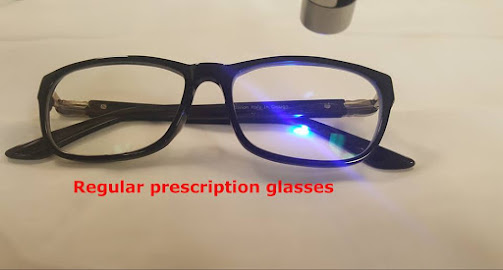Are All Prescription Glasses The Same?
Prescription glasses are not all the same. The type of lens, frame, and additional features that a pair of glasses have can vary greatly, resulting in different costs, benefits, and limitations. In this article, we will discuss the different factors that can influence the quality, cost, and functionality of discount prescription sunglasses online.
Lens Types
Prescription glasses lenses with discount prescription sunglasses online can come in several different types, including single vision, bifocal, and progressive lenses. Single vision lenses have the same prescription throughout the entire lens, making them ideal for people with simple prescriptions. Bifocal lenses have two prescriptions in the same lens, with one for distance vision and one for close-up tasks like reading. Progressive lenses, also known as “no-line bifocals,” offer a smooth progression from distance vision to close-up vision, without the visible line between the two prescriptions that is seen in bifocal lenses.
Frame Material
The frame material of prescription glasses can impact their durability, comfort, and cost. Popular frame materials include plastic, metal, and titanium. Plastic frames are generally the most affordable and lightweight, but can also be less durable than metal frames. Metal frames, such as those made from stainless steel, are more durable and offer a more professional look, but can be heavier than plastic frames. Titanium frames are the strongest and most lightweight of all frame materials, but also the most expensive.
Additional Features
Prescription glasses can also come with a variety of additional features, such as anti-reflective coating, scratch-resistant coating, polarized lenses, and transition lenses. Anti-reflective coating helps reduce glare, while scratch-resistant coating helps keep the lenses free of scratches. Polarized lenses can be particularly helpful for outdoor activities, as they reduce glare from reflective surfaces like water and snow. Transition lenses automatically adjust to changing light conditions, becoming darker in bright light and clearer in low light.
Coatings
Coatings can be applied to prescription glasses to enhance their performance and protect the lenses. Common coatings include anti-reflective, scratch-resistant, and UV protection. These coatings can improve visual acuity and reduce glare and eye strain, but they can also increase the cost of the glasses.
In conclusion, not all prescription
glasses are the same. The type of lens, frame material, and additional features
can all influence the quality, cost, and functionality of a pair of glasses.
When choosing prescription glasses, it is important to consider your personal
needs and preferences, as well as your budget. Your eye doctor can help you
select the best pair of glasses for your individual needs.


Comments
Post a Comment